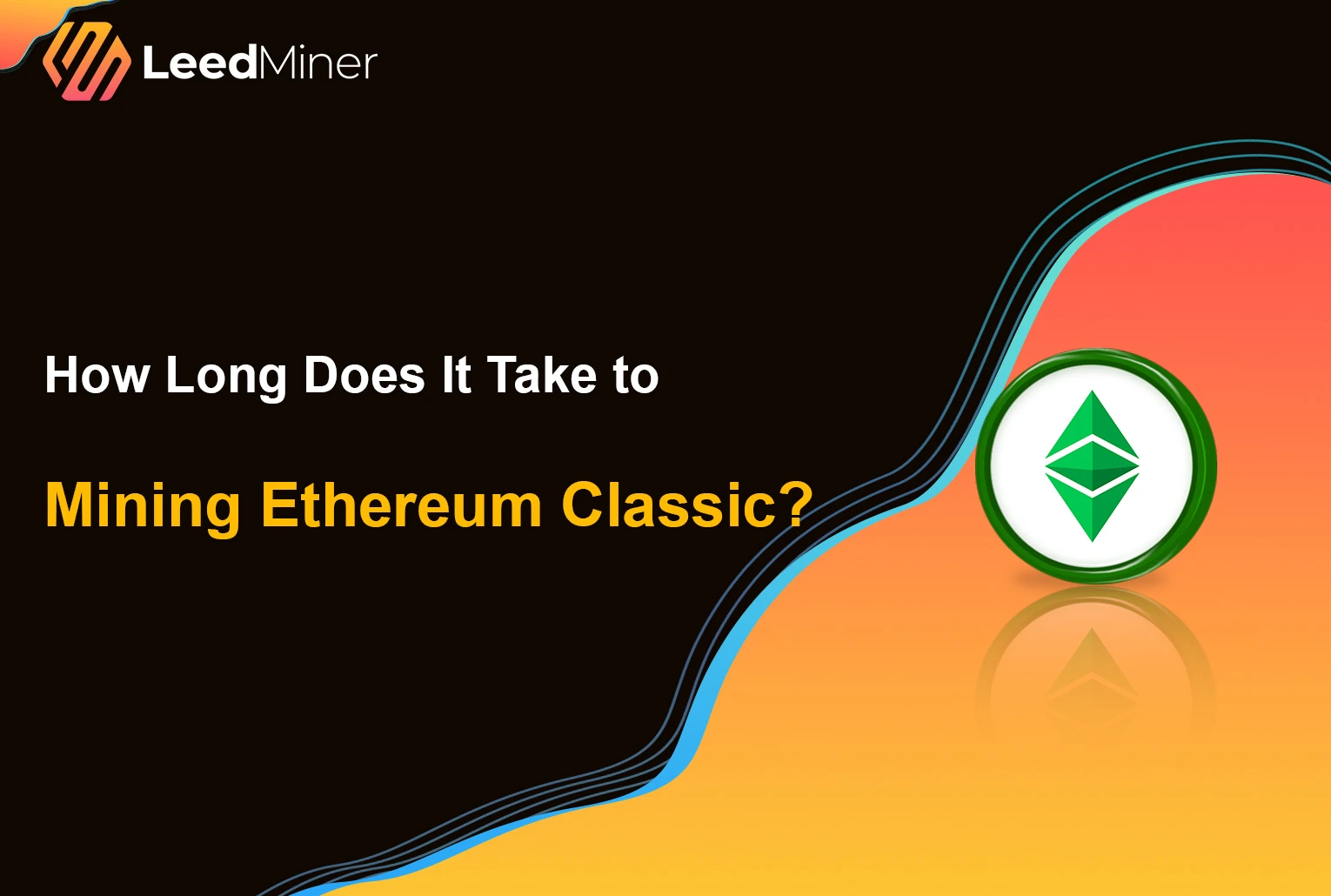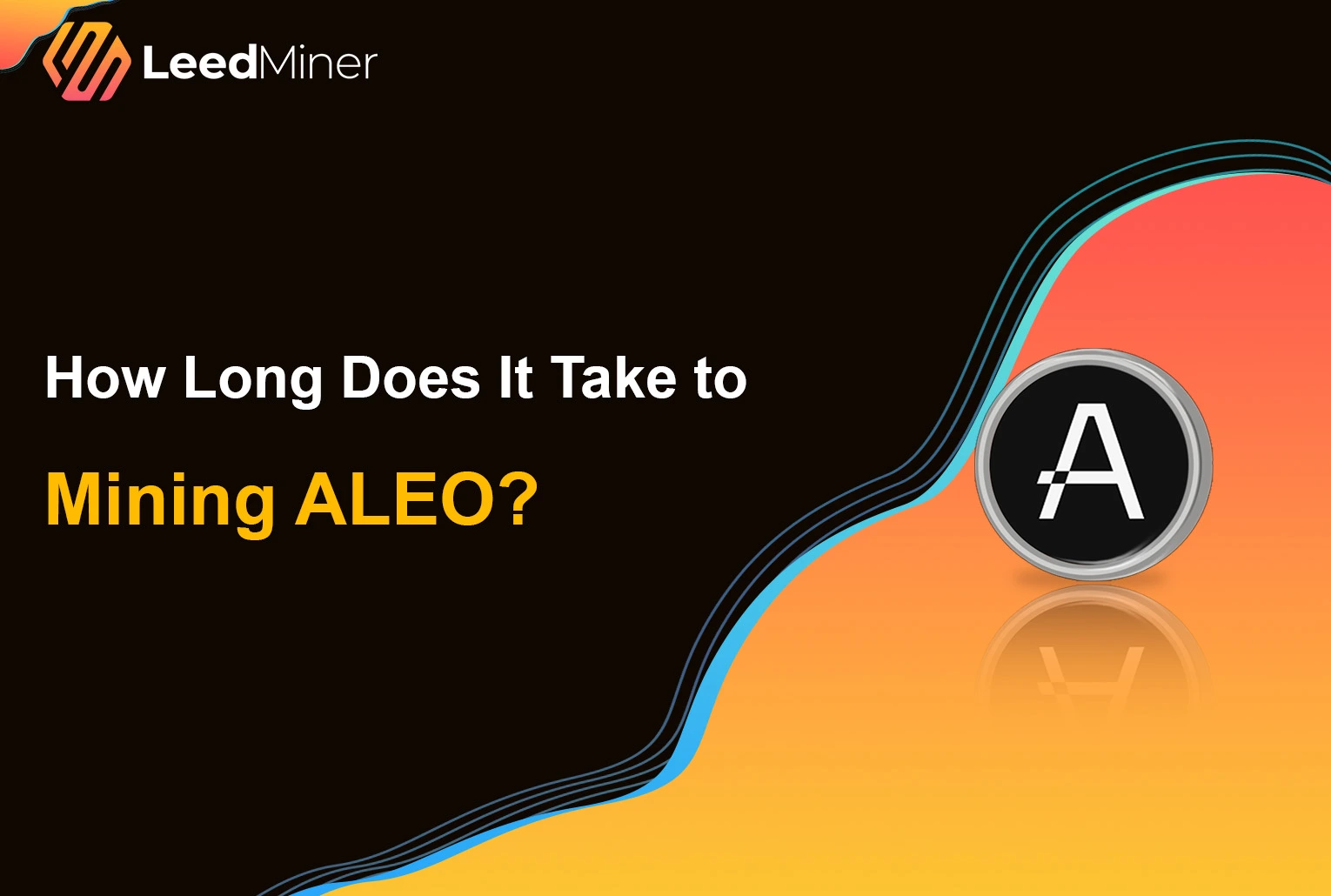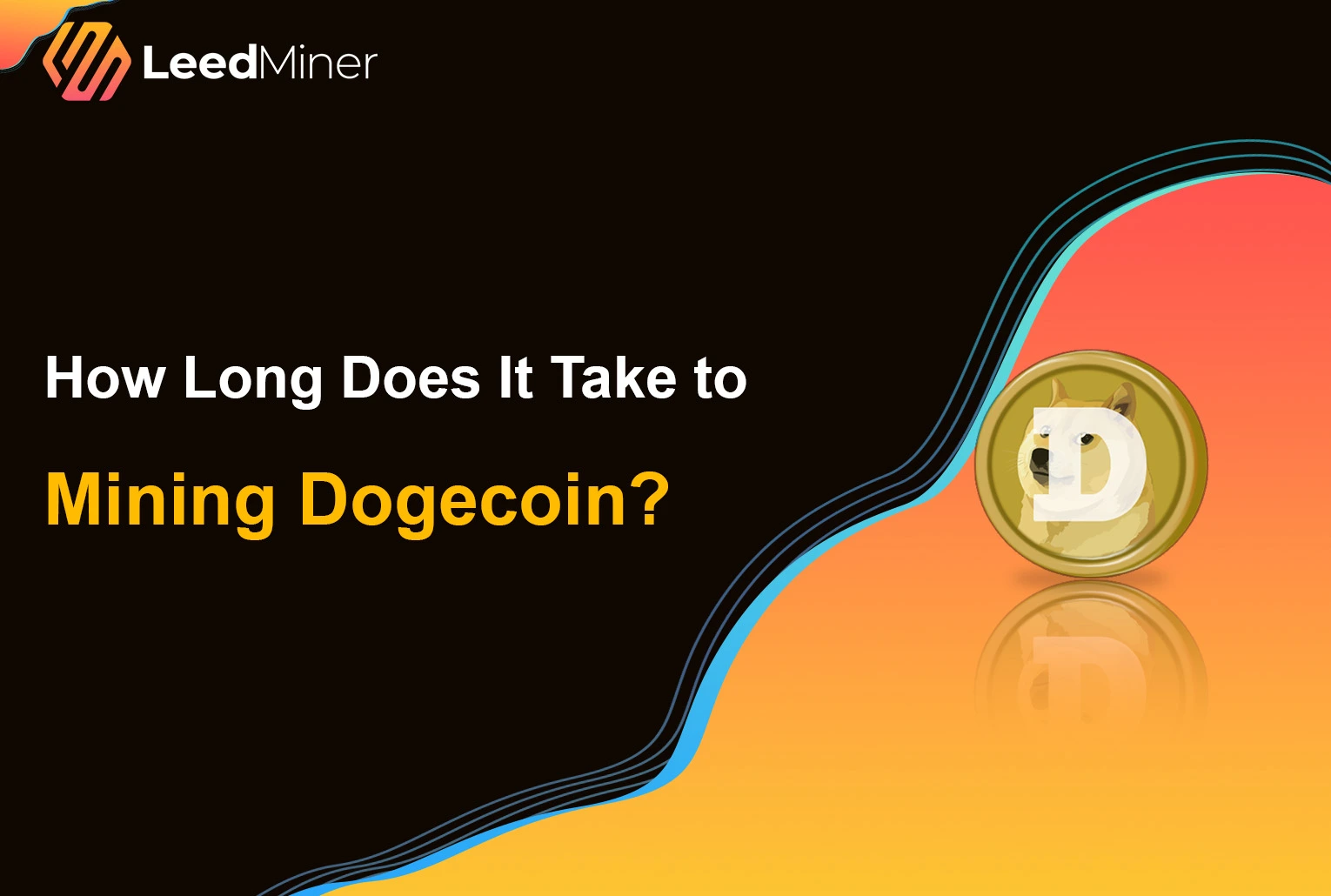SUMMARY
Bitcoin mining has evolved dramatically over the past decade, and so has the time it takes to mine just one Bitcoin. With industrial-scale farms and high-efficiency ASICs, the answer is no longer as simple as it used to be. In this blog, we’ll break down how long it actually takes to mine Bitcoin in 2025, using real miner models like the Antminer S21+ and Antminer S21 XP Hyd, while answering common questions (PAA) along the way.
Understanding Bitcoin Mining Basics
Bitcoin mining involves solving complex mathematical problems to validate transactions on the blockchain. Miners are rewarded with Bitcoin for each block they successfully mine. One block currently rewards 3.125 BTC (after the April 2024 halving), and a new block is mined roughly every 10 minutes globally.
However, no single miner is guaranteed a full block. Instead, they receive a share of the reward based on their hashrate contribution to a pool.
PAA: How long does it take to mine 1 Bitcoin solo?
Solo mining 1 BTC could take years due to extremely high network difficulty. Most miners use mining pools to earn small, regular payouts instead.
Key Factors That Influence Mining Time
- Hashrate – The more hashes per second your machine can compute, the higher your share of the reward.
- Network Difficulty – Adjusts every 2016 blocks (~2 weeks) and directly affects how long it takes to solve a block.
- Block Reward – As of mid-2025, it’s 3.125 BTC.
- Mining Pool Participation – With pools, rewards are divided proportionally to contributed work.
Case Study: Antminer S21+ vs S21 XP Hyd
Let’s look at two modern ASIC miners and compare their performance in mining Bitcoin:
Antminer S21+ (235 TH/s)
- Hashrate: 235 TH/s
- Power Consumption: 3877 W
- Efficiency: 16.5 J/TH
- Price: $3,105
-
Daily Income: $10.73
Electricity Cost (at $0.07/kWh): $6.52/day Net Profit: ~$4.21/day Time to mine 1 BTC (at current rate): ~365 days (via pool revenue share)
Antminer S21 XP Hyd (473 TH/s)
- Hashrate: 473 TH/s
- Power Consumption: 5676 W
- Efficiency: 12.0 J/TH
- Price: $9,510
-
Daily Income: $21.59
Electricity Cost (at $0.07/kWh): $9.53/day Net Profit: ~$12.06/day Time to mine 1 BTC (via pool): ~170–180 days
As seen, the S21 XP Hyd mines Bitcoin about twice as fast as the S21+, but it also costs three times more upfront.
PAA: How profitable is Bitcoin mining in 2025?
Profitability depends on electricity rates and machine efficiency. With cheap power and efficient ASICs, it remains viable.
Solo Mining vs Pool Mining
- Solo Mining: Extremely unpredictable, with near-zero chance of consistently earning BTC unless you control massive hashrate.
- Pool Mining: More stable and common. Your earnings scale with your share of total pool hashrate.
PAA: Can I mine Bitcoin at home?
Yes, but only with sufficient electrical capacity, sound insulation, and competitive electricity rates. Hosting services are more practical for many.
Final Thoughts
While mining 1 Bitcoin in 2025 isn’t measured in hours or days, it can be approximated in months depending on your hardware. For most miners, joining a pool with an ASIC like the Antminer S21 XP Hyd will reduce your time significantly compared to older or less powerful models.
Mining may be harder, but for those who optimize efficiency and electricity costs, it’s still rewarding.



